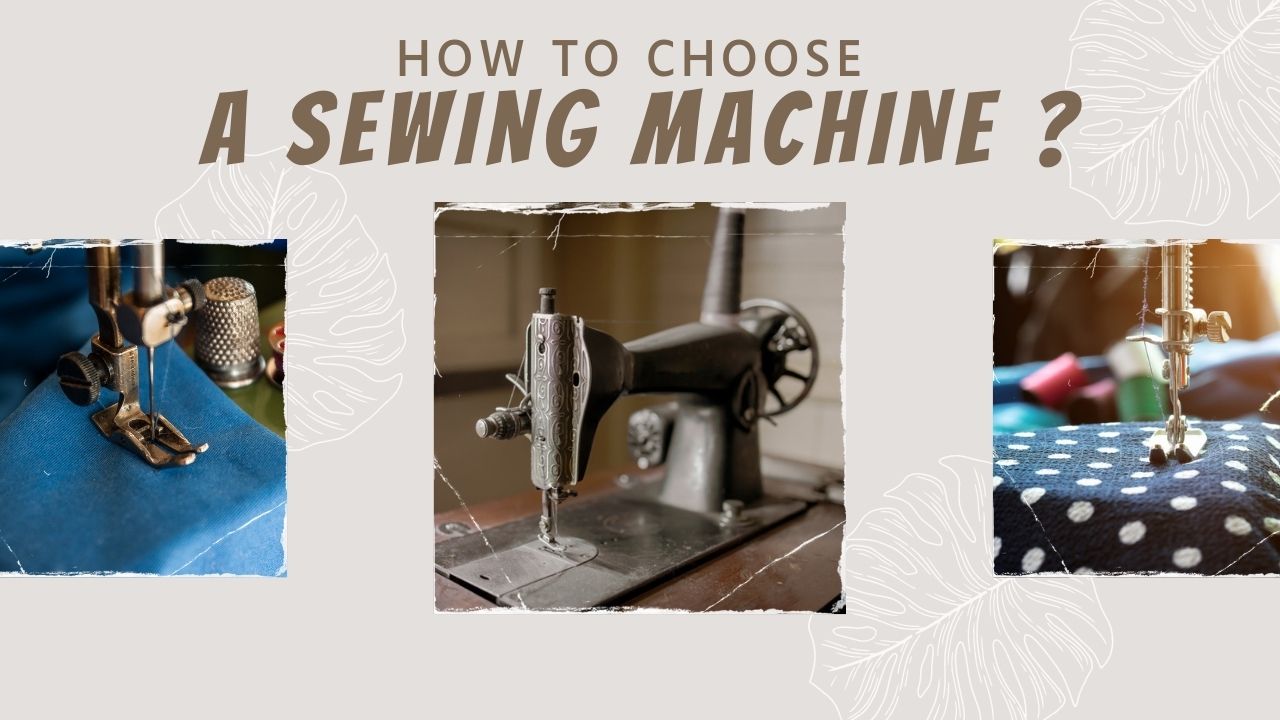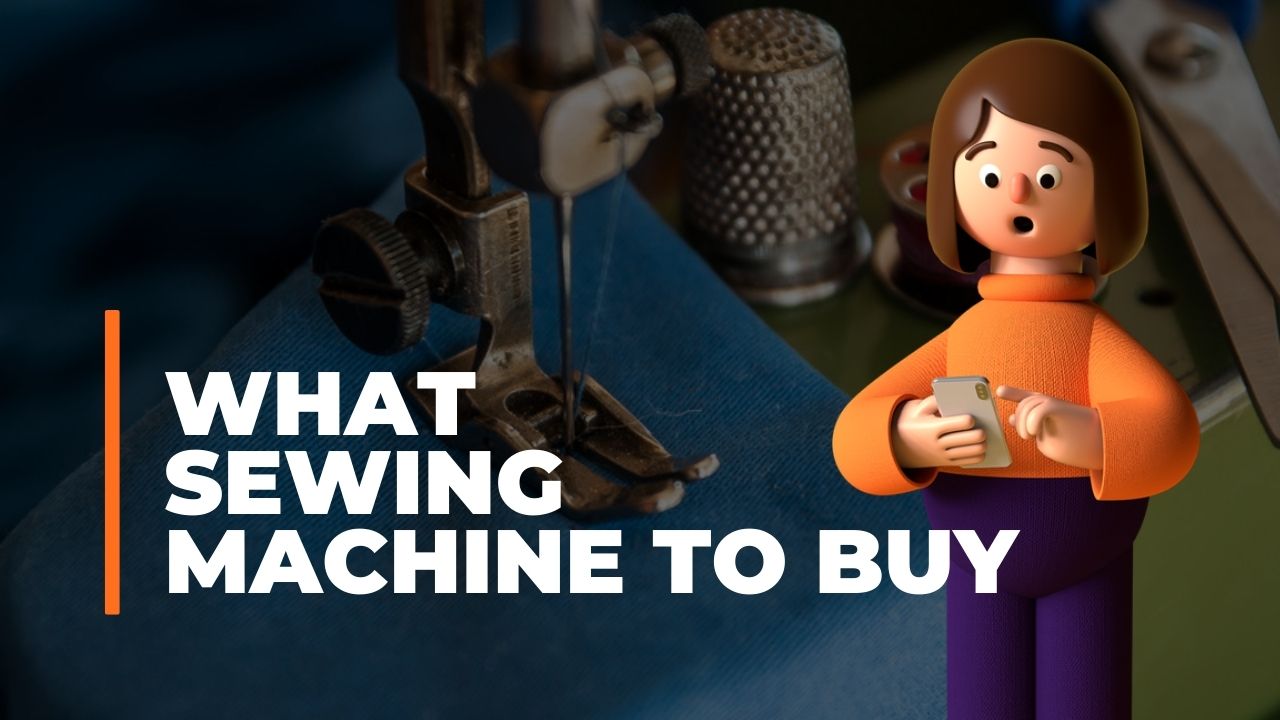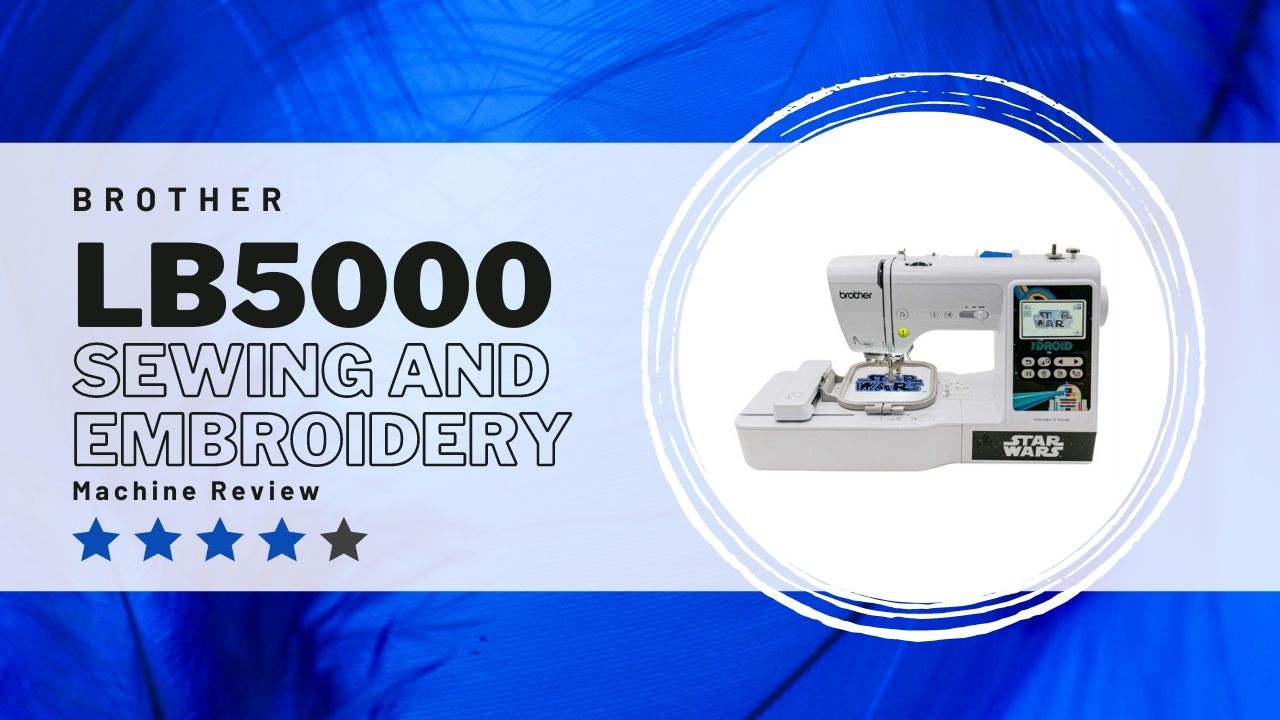All who love sewing would want a very efficient, high-performance, durable and reliable machine. And many sewing brands live up to their name and can deliver what they promised.
The problem is that it might not be the best for you; it might not be the suitable sewing machine.
Even the best sewing machine that always makes it to the top choices and editor’s picks will not work if it is a mismatch.
The perfect match would be the ideal one for you. In this info article, we will discuss how to choose a sewing machine so that you can have the perfect fit, the one that suits you.
Read more: How to maintain your sewing machine properly?
How To Choose A Sewing Machine: Things To Consider
The essential things you have to consider when buying a sewing machine are:
The Machine Type
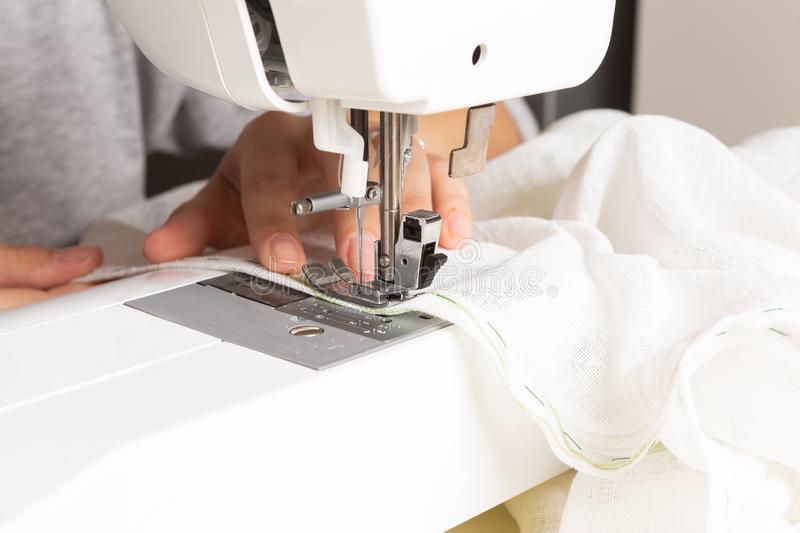
All sewing machines will fall into different types, each with a distinct, defining hallmark.
In general, we can classify sewing machines by what powers them and their features, and we can classify them as mechanical, electronic, or computerized sewing machines.
A mechanical machine has only a single motor and has the most elementary features needed in a sewing machine.
Electronic sewing machines, meanwhile, have features that allow you to save time and labor, like speed control, bobbin warning, etc.
Computerized sewing machines can do what mechanical and electronic ones do, but a motor controlled by a microprocessor primarily drives them. They also have other advanced technology and automatic features, allowing for greater ease and comfort in sewing.
Depending on those machine types, we can also classify them according to use and purpose. Examples would be an embroidery machine, sergers, and a quilting machine.
Another would be to classify them based on intended sewing projects; an industrial sewing machine and a home sewing machine are examples.
Whatever the case, one of your choices would surely fall into one of those categories; the first thing you must decide is to choose the machine type.
The Stitches
The next thing you must look at is the stitches. Again, depending on the machine, one can have basic stitches, while others can have many options.
Most mechanical sewing machines only have basic stitches, with the straight stitch being the most common. Other examples of stitches are elastic stitch, the zig-zag stitch, blind hem, etc.
Others meanwhile, a computerized sewing machine, for instance, offers some decorative stitch options. But as the machine goes high-end or has advanced features, chances are they provide more stitch options.
For this reason, many computerized machines have a plethora of stitch options.
If you need a lot of stitch options, then you can go for one that has them.
But if you are dealing with simple sewing and need just the basic stitches used for the activity, then a more straightforward, more basic sewing machine of whatever type will do.
The Functions and Available Features
Different sewing machines, even those of the same type, always have specific functions and features.
Again, the ordinary mechanical sewing machine would only have the most basic functions, most of which do not have automatic features.
On the other hand, computerized sewing machines have advanced technology and many automatic features.
Electronic ones are not run by a processor but have features that can make sewing more manageable and more comfortable.
If ease and comfort matter to you, you may decide on a particular type of machine with a specific feature. Automatic features like an automatic needle threader and thread trimming may matter to you.
Some have automatic buttonhole functions, while others do not, but even then, the way they function differs per sewing machine, regardless of the machine type.
Depending on its design and features, a sewing machine can do specific functions. Theoretically, you can do serging in any sewing machine, but it does not mean you have the same efficiency or ease.
It will be tough to do the quilting in a sewing machine with no extensive throat or working area. Depending on other features, such as the presser foot, you can do many things or be severely limited.
And we are talking about the basics, but others are as important too. Do you work at night? You may need one with many LED lights, but if not, one with a functioning bulb will do.
So to give you the best feel, go for one whose functions and features are those that you need and can make you comfortable.
Having a sewing machine with which you are very convenient can make your sewing experience fun and exciting.
Power and Speed
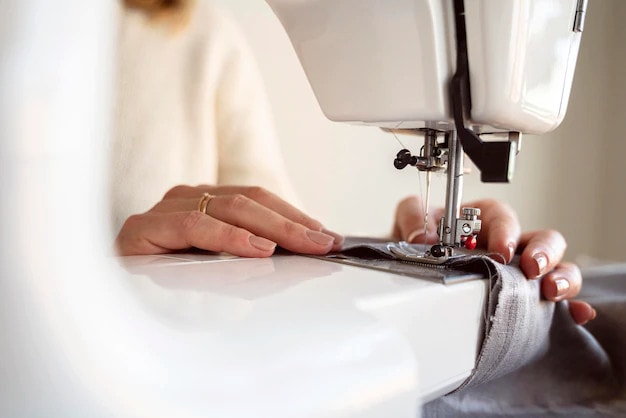
Sewing machines differ in power and speed, and as such, they may impact your ability to handle sewing projects and the quality of your sewing and stitching.
A faster machine can deal with many materials than a slower one, and a powerful, heavy-duty one can handle various materials, even a heavy fabric.
Depending on the need of the sewing project you have in mind, you can choose one that is very fast or one that has decent speed.
Heavy-duty sewing machines, of whatever type, are mighty and very fast; they are usually for business or industrial use. But other home sewing machines of varying types have excellent speed and power.
The Accessories
All sewing machines come with essential accessories for assembling and operating them. But there are significant differences in what they have; most, for instance, differ on the number of presser feet available and the types of it.
Others offer many needles and bobbins; others provide a few. And for some machines, the instructional manual or DVD may be a must, especially if the computerized machine has advanced technology and may be pretty complicated to use.
Others, for instance, have an extended table, but some do not. It may be of great help, especially if you are doing quilting or large sewing projects.
In buying a sewing machine, it would not hurt to look for some accessories you think you might need or are essential to your sewing.
The Price
Those previously mentioned are the essential things you need to look for in a machine, but you need to consider one more thing which may ultimately impact in buying the sewing machine or not.
Yes, we are talking about your budget and the price of the sewing machine.
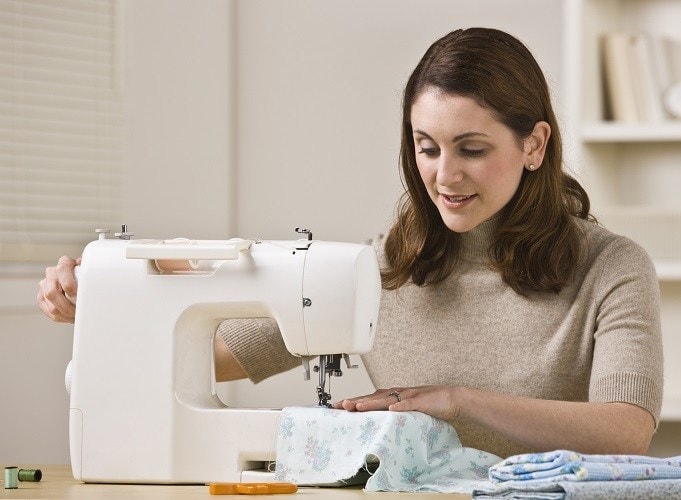
Unless you have a deep pocket, you are mainly concerned with the “how much,” like all of us. It is not that we do not value the machine but that some are truly expensive and that the price is beyond our reach, and we can do nothing about it.
Others may not be that expensive; they could be very affordable, but they offer few options and have dubious performance and quality.
Others, however, are of excellent quality at a reasonable price, and some you could consider even a bargain because of what it offers to the sewist.
The vital thing you must consider is to strike a favorable balance between what you want, the features and functions you need, the accessories, and the price.
It could be tricky, but you can get the best, striking the perfect balance.
For instance, if one has more than a hundred stitch options and one has below a hundred, you can ask yourself if you need more than a hundred or if you can settle for less.
Same thing to speed and other accessories, such as the number of presser feet: if you can get a very affordable machine for sacrificing some, you can consider doing it.
Those are just examples of finding the right balance. As a sewist, or even if you are a beginner, you know what is worth sacrificing and worth keeping.
But if you can find a suitable sewing machine with everything you want at an excellent price, even better.
Conclusion
We discussed the bare essentials, the very thing you need to consider in answering the question of how to choose a sewing machine.
As you become experienced, you will be more discerning with particular features, and you may need more than the basic ones.
But the critical thing to remember is to have a reliable sewing machine.
One that has excellent performance, is durable and can give the high-quality stitches you want for your project at an affordable price as much as possible.
And that sewing machine, whatever type it may be, must be perfect for you and can handle all the sewing projects you have in mind reliably and consistently.

